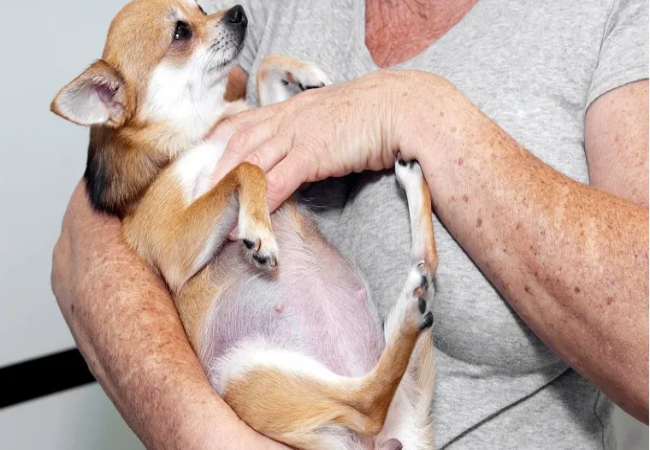Dystocia in Dogs: Vet-Approved Causes, Symptoms & Treatments (2025 Guide) 🐶💉

In this article
Dystocia in Dogs: Vet-Approved Causes, Symptoms & Treatments (2025 Guide) 🐶💉
By Dr. Duncan Houston BVSc
As a veterinarian, I occasionally encounter cases of dystocia in dogs, a serious condition that can significantly impact a dog's health. Understanding this condition is crucial for early detection and effective treatment. This comprehensive guide aims to educate pet owners on the causes, symptoms, and treatment options for dystocia in dogs.
🧬 What Is Dystocia?
Dystocia refers to difficult or abnormal labor in dogs, where the mother (bitch) experiences trouble delivering her puppies. This condition can arise due to various maternal or fetal factors and requires prompt veterinary attention to ensure the safety of both the mother and her offspring.
🐞 Causes of Dystocia
Dystocia can result from several maternal and fetal causes:
- 🧬 Maternal Factors: Uterine inertia (lack of effective contractions), narrow pelvic canal, uterine abnormalities, or previous pelvic injuries.
- 👶 Fetal Factors: Oversized puppies, abnormal positioning, or fetal death.
- 🐶 Breed Predisposition: Brachycephalic breeds like Bulldogs and Pugs are more susceptible due to their anatomy.
⚠️ Symptoms of Dystocia
Signs indicating dystocia include:
- ⏱️ Strong contractions lasting over 30 minutes without delivering a puppy.
- ⏳ More than two hours between the delivery of puppies.
- 🌡️ Failure to commence labor within 24 hours after a drop in rectal temperature below 99°F (37.2°C).
- 🩸 Abnormal vaginal discharge, such as green or bloody fluids, before or during labor.
- 😖 Signs of pain, restlessness, or excessive licking of the vulvar area.
If any of these symptoms are observed, immediate veterinary intervention is essential.
🩺 Diagnosing Dystocia
Diagnosis involves:
- 🔬 Physical Examination: Assessing the mother's condition and checking for signs of labor progression.
- 🖼️ Imaging: X-rays or ultrasounds to determine the number, size, and position of the puppies.
- 🧪 Laboratory Tests: Blood tests to evaluate calcium and glucose levels, which are crucial for uterine contractions.
💊 Treatment Options
Treatment depends on the underlying cause:
- 💉 Medical Management: Administration of oxytocin to stimulate contractions, calcium supplements, or glucose if deficiencies are detected.
- 👐 Manual Assistance: Gentle manipulation to reposition a malpositioned puppy.
- 🔪 Surgical Intervention: Cesarean section (C-section) if medical management fails or if there is an obstruction.
Prompt treatment increases the chances of survival for both the mother and her puppies.
🛡️ Preventing Dystocia
Preventive measures include:
- 🏥 Pre-Breeding Evaluation: Assessing the mother's health and pelvic anatomy before breeding.
- 📅 Monitoring Pregnancy: Regular veterinary check-ups to monitor fetal development and anticipate potential complications.
- 📈 Maintaining Optimal Health: Ensuring the mother is at a healthy weight and free from underlying health issues.
📱 Support and Resources
If you suspect your dog is experiencing dystocia, consult your veterinarian promptly. For additional support:
- Ask A Vet: Access professional veterinary advice through the Ask A Vet platform.
- Download the Ask A Vet App: For quick access to veterinary support, download the Ask A Vet app.
Early diagnosis and appropriate treatment can significantly improve your dog's quality of life.
🐾 For more expert advice and pet care tips, visit AskAVet.com.






